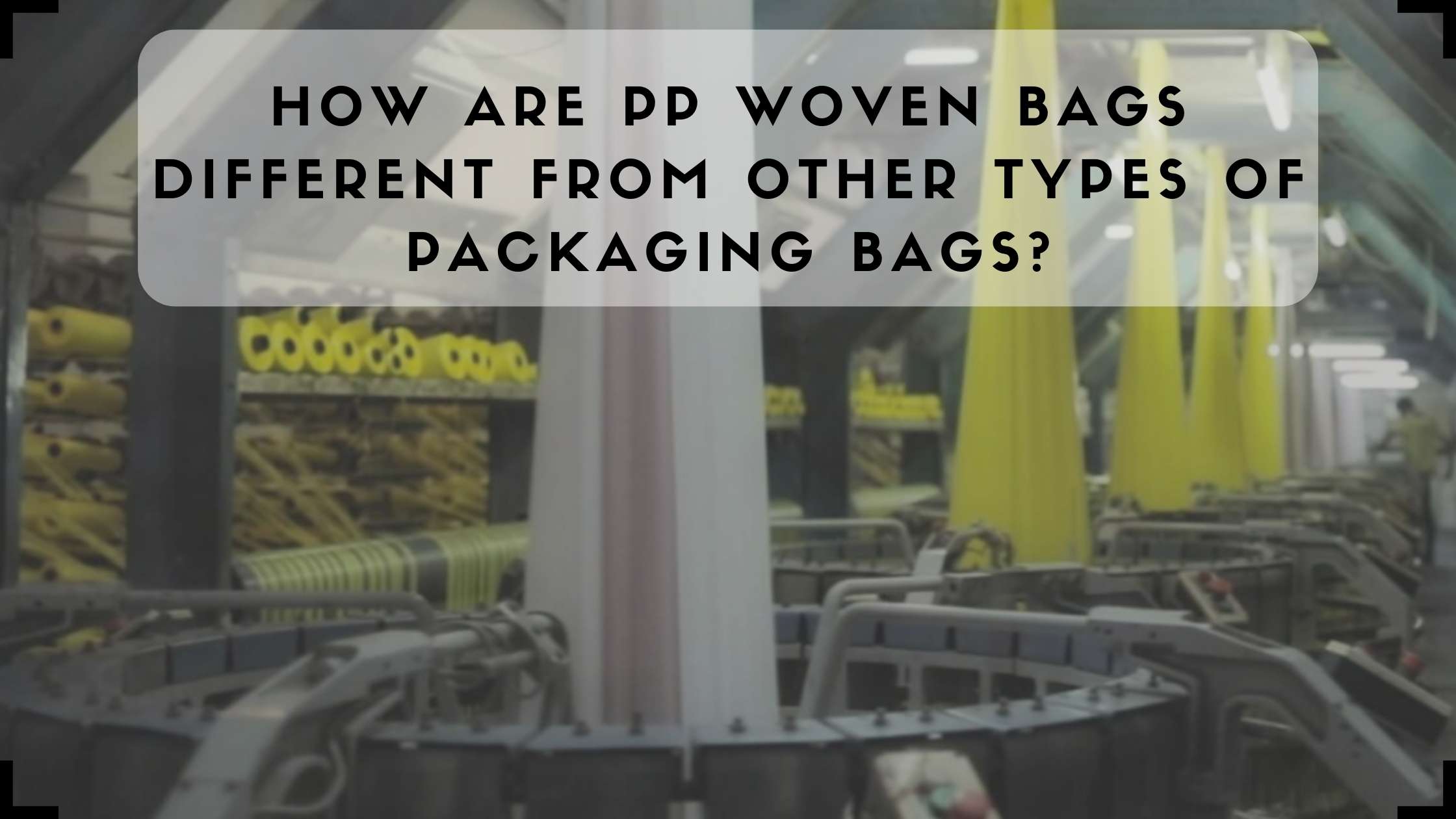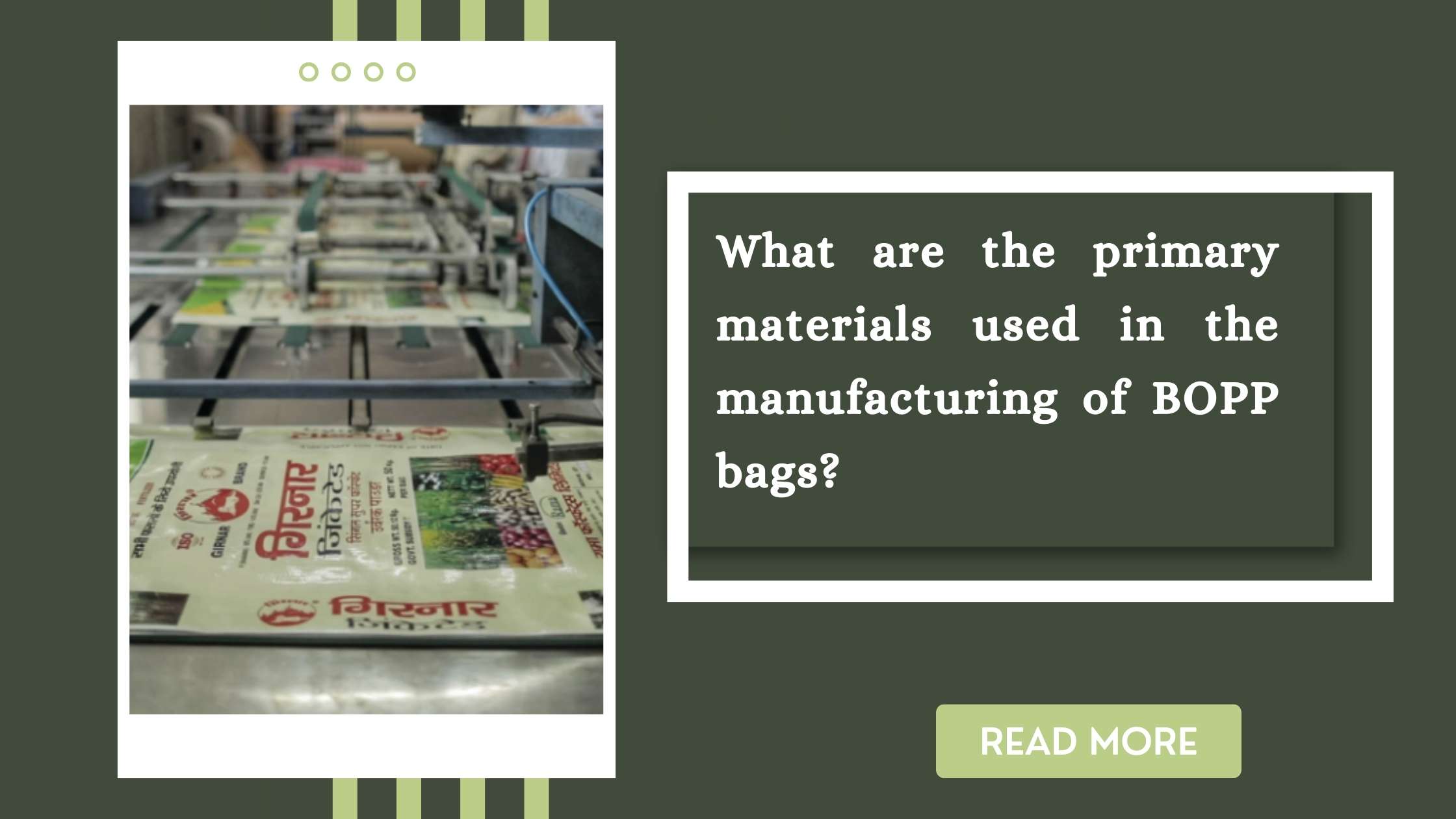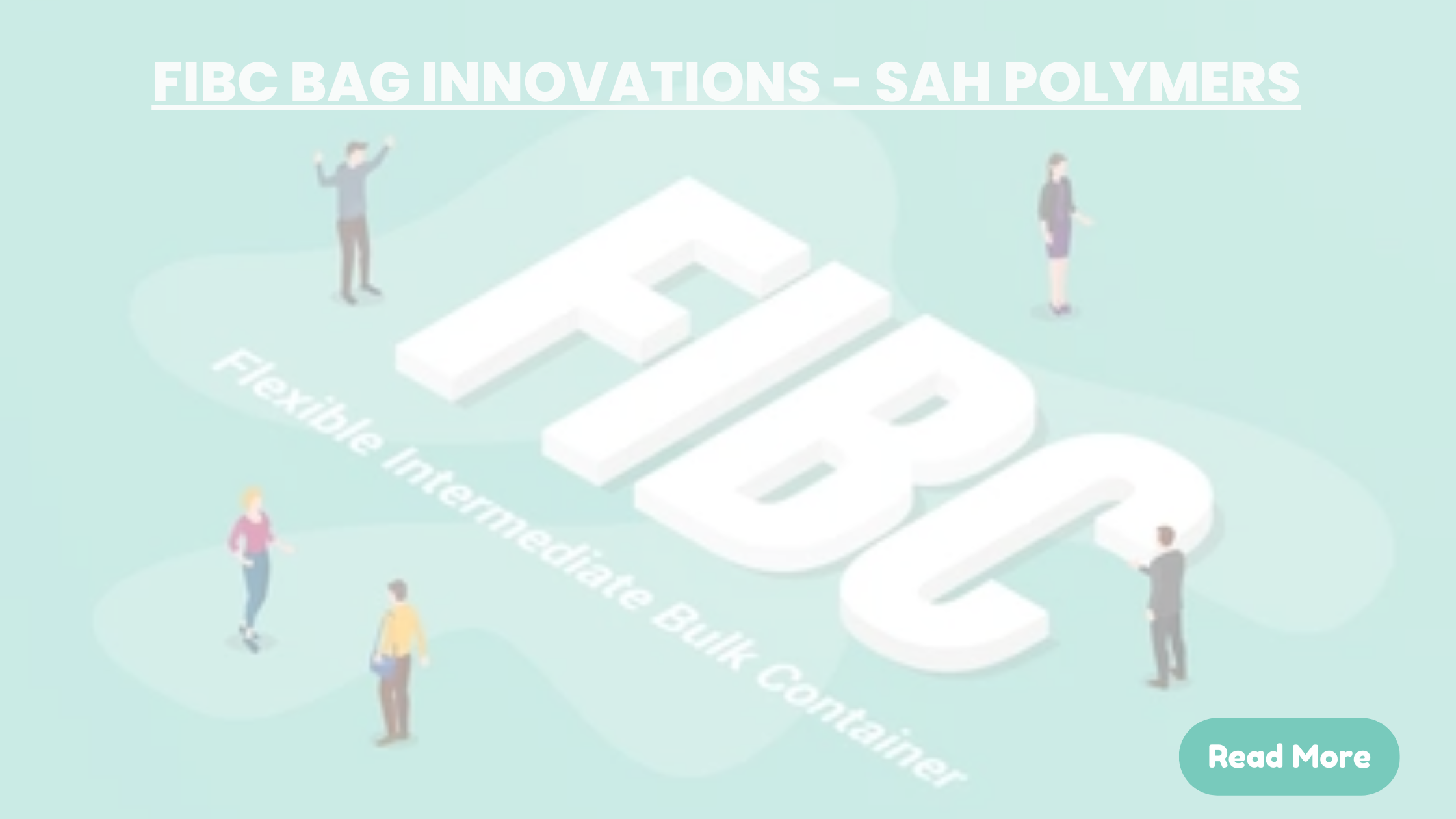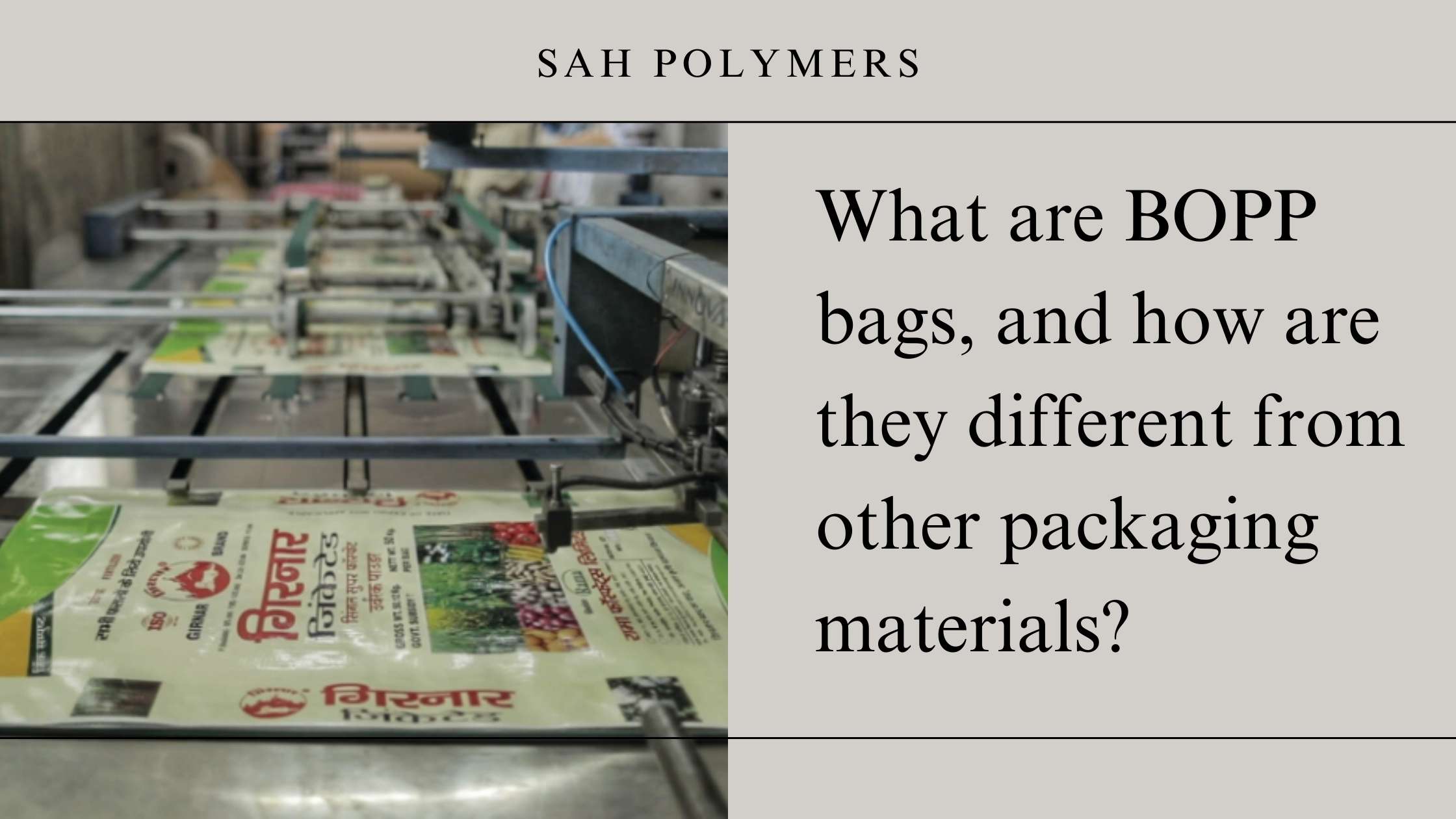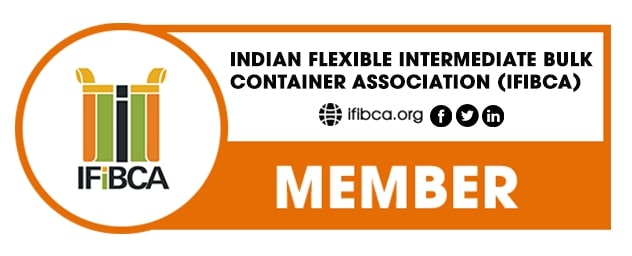Introduction:
High-density polyethylene (HDPE) bags have been widely used in various industries for packaging and storage due to their strength, durability, and versatility. Over time, advancements in design and manufacturing techniques have led to innovative solutions that enhance the functionality, efficiency, and sustainability of HDPE bags. In this blog, we will explore some of the latest innovations in HDPE bag design and manufacturing, showcasing the benefits they offer to businesses and consumers.
Lightweighting:
One notable innovation in HDPE bag design is lightweighting. Manufacturers are continuously working to reduce the weight of HDPE bags while maintaining their strength and durability. By using advanced materials and optimising bag structures, lightweight HDPE bags are now available in the market. This innovation offers several benefits, including cost savings, reduced environmental impact, and improved handling and transportation efficiency.
Customization and Printing:
Advancements in printing technology have enabled the customization of HDPE bags with vibrant and high-resolution graphics. Manufacturers can now print detailed logos, branding elements, product information, and attractive designs directly on HDPE bags. Customization enhances brand visibility, attracts consumer attention, and enables businesses to create a unique packaging identity for their products.
Reusable and Recyclable Designs:
Sustainable packaging solutions are gaining momentum, and HDPE bags have evolved to meet these demands. Innovations in HDPE bag design now include features that promote reusability and recyclability. For instance, manufacturers have introduced HDPE bags with reinforced handles, zipper closures, and other mechanisms that extend their lifespan and facilitate multiple uses. Additionally, using recyclable materials and incorporating recycling symbols on HDPE bags promotes responsible disposal and recycling practices.
Advanced Closure Systems:
HDPE bags are now equipped with advanced closure systems that enhance convenience and functionality. These include zip locks, Velcro closures, drawstrings, and adhesive strips. These innovative closure mechanisms improve the bag’s resealability, ensuring product freshness, preventing spillage, and enabling easy access to the contents. Advanced closure systems also contribute to the bag’s overall reusability, allowing consumers to open and close the bags multiple times without compromising their integrity.
Tamper-Evident Features:
In industries where product safety and security are crucial, HDPE bags with tamper-evident features have become increasingly popular. These features provide visible indications of tampering or unauthorised access to the bag’s contents. Tamper-evident seals, tear strips, or specialised closure mechanisms give consumers confidence in the integrity and safety of the products they purchase, while also serving as a deterrent to tampering or counterfeiting.
Sustainable Additives:
To enhance the sustainability of HDPE bags, manufacturers have introduced additives that improve their biodegradability or compostability. These additives facilitate the breakdown of HDPE bags in specific conditions, such as exposure to sunlight or microbial activity. While maintaining the desirable properties of HDPE bags, these additives contribute to reducing plastic waste and environmental impact.
Antimicrobial Properties:
In certain applications, such as food packaging or healthcare products, HDPE bags with antimicrobial properties have been developed. These bags are treated with antimicrobial agents that inhibit the growth of bacteria, mold, and other harmful microorganisms. This innovation helps maintain the cleanliness and hygiene of the packaged products, ensuring their safety and extending their shelf life.
Automation and Production Efficiency:
Advancements in manufacturing technology have improved the efficiency and speed of HDPE bag production. Automated production processes, such as computer-controlled cutting, sealing, and printing, ensure consistent quality, precise dimensions, and reduced production time. Automation also enhances productivity, reduces labour costs, and allows for higher production volumes to meet market demands.
Conclusion:
Innovations in HDPE bag design and manufacturing have transformed the packaging landscape, offering businesses and consumers a wide range of benefits. Lightweighting, customization and printing, reusable and recyclable designs, advanced closure systems, tamper-evident features, sustainable additives, antimicrobial properties, and automation are just a few examples of the exciting developments in HDPE bag technology. These innovations improve functionality, sustainability, product safety, and production efficiency. As the industry continues to evolve, we can expect further advancements in HDPE bag design and manufacturing, paving the way for even more versatile and sustainable packaging solutions.

